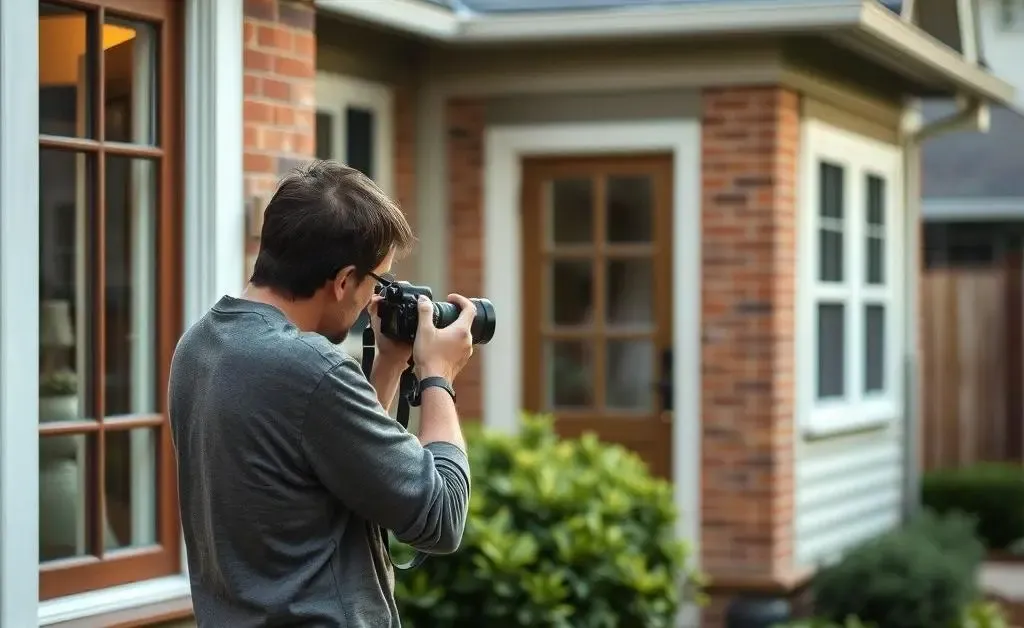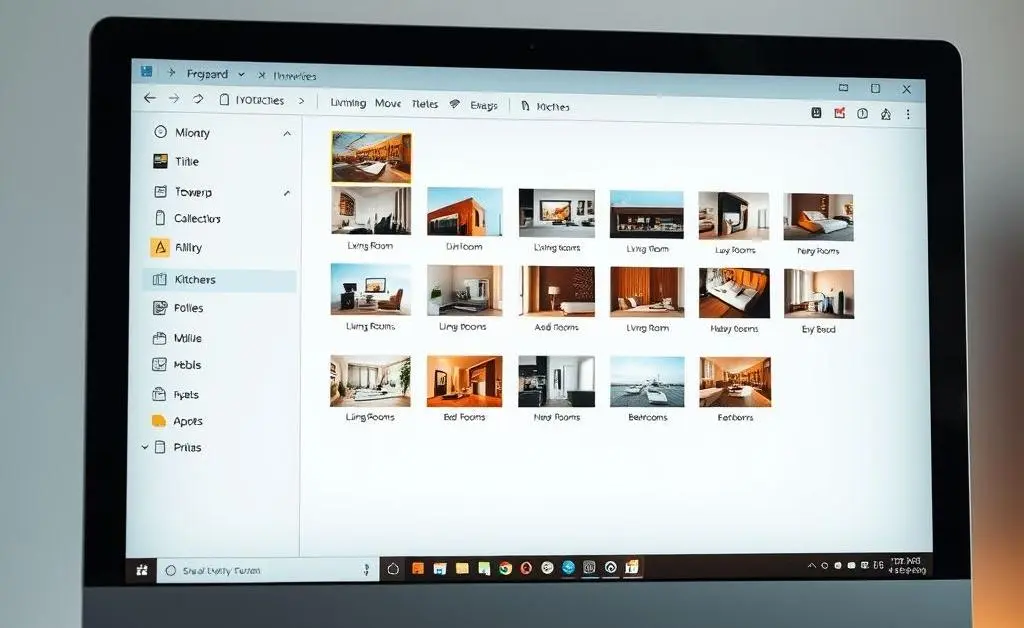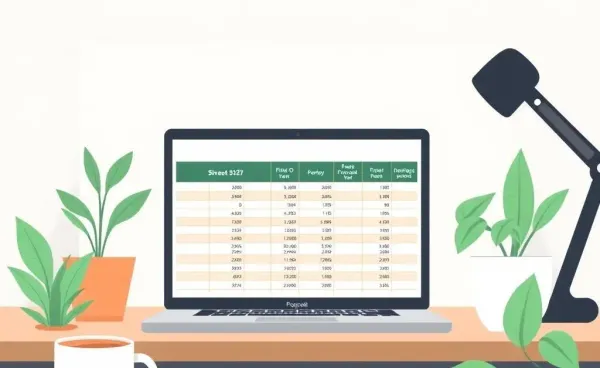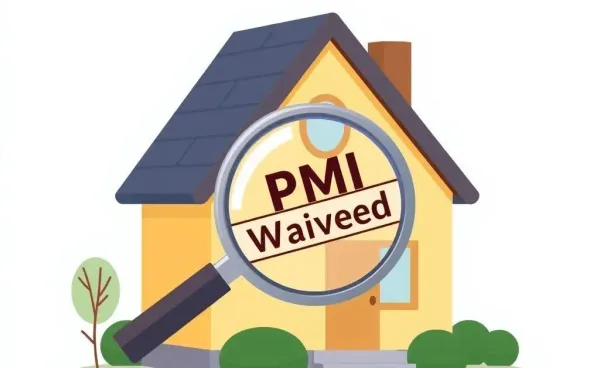Why Documenting Your Home’s Condition Could Save You Thousands
Learn why documenting your home's condition is essential for preventing costly repairs and disputes.

Imagine this: you've just walked into your rented apartment or perhaps your new house. Everything looks perfect at first glance, but how can you be sure of its actual condition? More importantly, how can you prove it if disputes arise later? Documenting your home’s condition might sound tedious, but it’s actually a small habit with mighty benefits. Here’s why this practice is crucial for both renters and homeowners.
Why Documenting Your Home Matters
Taking the time to record the state of your property can help shield you from unforeseen hassles, like hefty repair costs or disputes with landlords. This simple practice not only provides a clear reference point but also builds your peace of mind, knowing you have all the details logged and ready if ever needed.
Protection Against Unplanned Expenses
When was the last time you remembered the exact condition of your roof or basement? Documenting eliminates guessing games. By maintaining a photographic history, complete with notes on any pre-existing issues, you can easily show that a leak in the roof was there before you moved in. This can protect you from being unfairly pegged for repairs.

Navigating Rental Disputes
For renters, the infamous security deposit deduction is a common pain point. A thorough documentation done when you move in – like noting the stains, cracks, or chips – can save you when it's time to move out. Having a solid record ensures you aren’t unfairly charged for pre-existing conditions.

How to Document Your Home Effectively
Kickstarting your own documentation routine doesn’t require advanced skills or expensive tools – just a smartphone and a bit of dedication. Here’s a simple guideline:
- Photograph Everything: Start with wide-angle shots of each room, then move to close-ups highlighting pre-existing faults or unique features. Do the same for the exterior of your home.
- Write Detailed Notes: Alongside photos, jot down noticeable issues with dates. Mention observations about the paint quality, floor conditions, appliances, or fixtures.
- Organize and Back Up Your Data: Store your photos and notes in organized folders, either digitally or in print. For convenience, tools like digital home inventory apps can map out and store detailed home records.

Final Thoughts: A Stitch in Time Saves Nine
Embracing this habit might feel like yet another addition to your to-do list, but consider it an investment. Documenting the condition of your home is like having a safety net that wards off potential conflicts and unnecessary expenses. The next time you step into your home, take a moment to casually weave this practice into your routine. As it turns out, having a bit of extra evidence can go a long way in ensuring your sanctuary truly stays stress-free.




